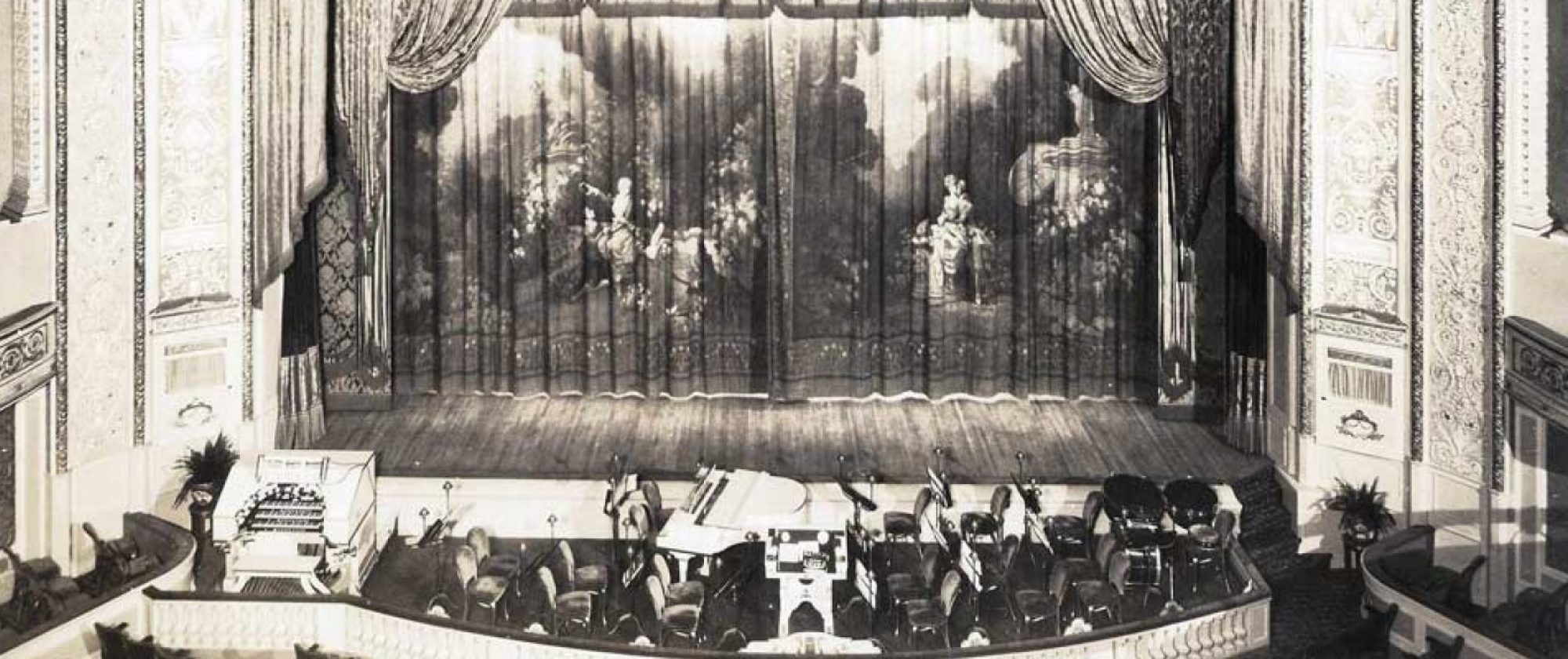17 Mins; One (Special Curtain). Assisted by a pianist Miss Cox is offering three song studies that remind one very much of the English artiste, Wish Wynne, who favored us with her presence several years ago. Miss Cox is of statuesque proportions and makes a stunning appearance. She has a most likeable personality and a delightful voice. The latter she uses to distinct advantage in three numbers. All of her material has been especially written by her sister, Ray. Her opening is entitled “Mother’s Old Gown” and expresses a pretty bit of sentiment. It is costume. Her second is a recitative song. “The Tug-boat and the Yacht,” which she places over in a pretty fashion. The closing song is called “Day Dreams of a School Girl.” The idea is a novelty and the best of the three. Miss Cox dresses the last character very girlishly in a pink costume that is exceedingly pretty, and the manner in which she renders agreeably the little waltz strain and the few bars of “Butterfly” that have been woven into the [unreadable] of the offering that slows that she has a voice that will carry her far.
The Kuma Four, a Jap magical act, closed. The billing is misleading, as all of the magic is performed by a single Jap. It’s mostly cabinet work, smoothly handled and mystifying to the uninitiated. Two of the best of the class of tricks is a levitation and a trunk trick. In the latter the magician, probably Kuma, announces he will have a girl step forth from a trunk clad in the national colors of any country named. It’s been done before but is handled with real showmanship by Kuma.
Amoros and Jeanette, next to closing, were spotted just right and made ‘em yell with their new low comedy business. The man of this turn does a French comic, getting a lot out of the character by not overdoing it or making it up in the regulation way.
Jerry Grady and Co. fourth held attention with that good old vaudevilles classic, “The Toll Gate.” It’s a wholesome little sketch excellently played by Mr. Grady and his two assistants. At the conclusion Grady was accorded several curtains, all of which he took in character. His grouchy old man is a highly legitimate bit of artistry.
Lambert and Philippe, a two-man comedy turn, were a laughing riot third with a bunch of lively hoke bits. The finish of the turn, a ventriloquial burlesque, with one man holding the other on his lap, is almost identical with the ventriloquist bit identified with Felix Adler’s act for several years.
Cosica and Verdi, next to closing, pulling down the best returns in this section with violin and violin and cello doubles. The size of the met looked to be a heavy handicap for getting over with the soft strains of the stringed instruments, but the team overcame this obstacle surprisingly. They did the regulation pop and operatic numbers, mixing in a bit of mild comedy here and there and finishing strongly with “Love Nest.” This brought them back for a jazzy medley, including “Dardanella,” which apparently is just becoming popular in the baby carriage borough.
Texas Guinan followed, singing “Sweetheart” from the musical show of that name, and getting over handily. The bevy of women picture folk were then lined up before the foots, while Granlund introduced each in turn after the fashion of a “pick-out” number.
Nils Granlund, Loew publicity man, introduced Bert Lytell, building up an effective entrance for the latter with a brief preliminary announcement regarding Mr. Lytell’s personality, etc. adding that the “Met” was the fifth Loew house Lytell had appeared at Monday night.
Lytell received a rousing reception. He’s a personable young fellow, with an easy off-hand manner of speaking that given the impression of working impromptu, a resonant voice perfectly modulated and penetrating to the farthest corner of the vast Met auditorium, and a delivery and presence betokening a thorough schooling in the legit previous to his picture career. His talk was in comedy vein, relating mostly to a picture in which he had appeared with a lion. It landed for laugh returns.
Gracie Emmett was next to closing with “Mrs. Murphy’s Second Husband.” The farce made ‘em yell at Keeney’s though most seemed familiar with it. Miss Emmett executed a few steps of an Irish reel at their conclusion, dancing as nimbly as a Ziegfeld pony. She has character ability far in advance of this sketch, however, which could be utilized to better advantage in a more legitimate and modern vehicle.
Hector’s Dogs, No. 2, displayed evidence of careful training in the usual assortment of tricks with a cure little poodle standing and through some intelligent clowning. Hector, unlike most dog trainers, patters volubly while putting his dogs through their paces. He’s a good showman, making several simple tricks look like feature stunts as the result of this attribute.
